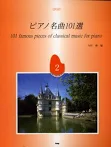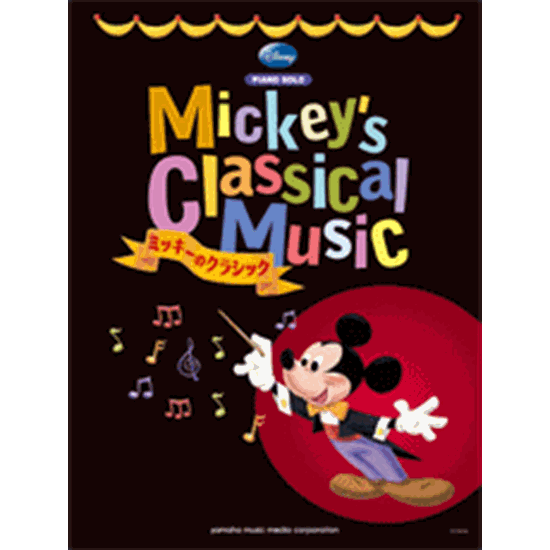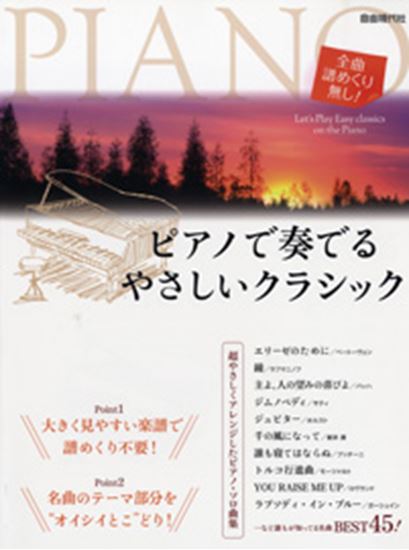Beethoven, Ludwig van : Sonate für Klavier Nr.8 "Pathetique" c-moll Op.13
Work Overview
Publication Year:1799
First Publisher:Hoffmeister
Instrumentation:Piano Solo
Genre:sonata
Total Playing Time:18 min 00 sec
Copyright:Public Domain
Commentary (1)
Author : Okada, Akihiro
Last Updated: February 1, 2009
[Open]
Author : Okada, Akihiro
This sonata, known by the title Pathétique, is believed to have been completed around 1797-98, although various theories exist, according to recent research. The first edition was published in 1799 by the Viennese publisher Eder under the title Grande Sonate Pathetique, but the autograph manuscript has been lost.
A sonata with a slow tempo introduction might at first glance seem like a new step for Beethoven, but such an idea can already be seen in Electoral Sonata No. 2, WoO. 47-2. Furthermore, some researchers point out that Clementi's Sonata, Op. 34-2, published in London a little earlier, also features a slow introduction and uses it as developmental material, but it is unlikely that Beethoven was aware of this. This fact should be regarded as an example of similar attempts being made within the formal framework of the "sonata" during the same period. At the same time, it seems to implicitly suggest how dangerous it is to view Beethoven as solely representing the development of this genre.
I. C minor, 4/4 time / 2/2 time, Sonata form with introduction
Introduction
The Grave introduction pursues dynamic contrast through forte-piano (fp) markings. On modern pianos with superior sustain, this expression would be almost impossible. The soprano line of the motive with chords and dotted rhythms (C→F→C in 2-bar units) and the rapid descending figure after reaching A-flat are connected to the motive of the main theme in the exposition, and after the dotted rhythm motive develops, it leads into the main section via a rapid chromatic descent.
Exposition
The main theme (from m. 11) features ascending (soprano line C→E→F→G→A♭→B→C) and descending (C→G→E♭→D→C) harmonies over an octave tremolo bass. As already mentioned, the core notes of the motives forming the main theme correspond to those in the introduction.
After the theme is repeated and established, a transition via an arpeggiated descending dominant chord figure and a developmental treatment of the main theme leads to the presentation of the subordinate theme (from m. 51) in E-flat minor (the parallel minor of the relative major). The motive appearing above and below the dominant pedal point in the middle register (B♭→E♭→F→G♭) later appears as the main theme of the third movement.
After a transitional second subordinate theme in E-flat major (from m. 89), the main theme is recalled in E-flat major in the codetta.
The exposition is repeated by a repeat sign; while some editions include the opening introduction in this repeat, the first edition and contemporary editions only repeat the exposition itself.
Development and Recapitulation
First, the Grave introduction is recalled in G minor, followed by the main theme appearing in E minor. Subsequently, the octave tremolo pedal point moves to the upper voice, and elements of the main theme are developed in the lower voice; then it shifts to C minor, and the main theme develops with an octave tremolo on the dominant pedal in the bass. An 8-bar transition leads to the recapitulation.
In the recapitulation (from m. 195), the first subordinate theme (from m. 221) is restated in F minor, and the second subordinate theme is restated in C minor.
In the coda (from m. 295), the Grave introduction reappears, but the chords are omitted, leaving only the dotted rhythm. The main theme appears once more, and the movement concludes.
II. A-flat major, 2/4 time
A slow movement, Adagio cantabile. Taking A-flat major, a major third below the C minor of the main movement, is a common practice for Beethoven.
It begins with a theme where sixteenth notes harmonically support the arioso-like upper voice and the bass. After an intervening C minor passage (from m. 17) and the return of the A-flat major theme, an A-flat minor theme is presented (from m. 37). This theme, based on a triplet chordal figuration, modulates to E major through enharmonic reinterpretation.
The opening theme returns again (from m. 51), with its accompaniment figure changed to triplets, bringing the movement to a close.
III. C minor, 2/2 time, Rondo-Sonata form
Originally sketched for a violin and piano duo, it ultimately became the finale movement of the sonata.
A theme reminiscent of a melody for a monophonic instrument is presented over an arpeggiated accompaniment. After an intervening subordinate theme in E-flat major (from m. 25), the rondo theme returns (from m. 62). This time, a contrapuntal idea appears in A-flat major (from m. 79).
Following this, a sonata-form-like recapitulation occurs; after the rondo theme appears in C minor (from m. 121), the subordinate theme is restated in C major (from m. 134).
When the rondo theme appears once more (from m. 171), it develops into the triplet elements of the subordinate theme, forming the coda. A-flat major briefly makes an appearance, but the piece concludes in C minor with a descending triplet figure.
Movements (3)
1.Satz Grave-Allegro molto e con brio
Total Performance Time: 8 min 30 sec
Arrangements & Related Works(1) <Show>
Henselt, Adolf: Sonate pathétique de L. van Beethoven arrangée à deux pianos par A. Henselt
Total Performance Time: 18 min 00 sec
PTNA & Partner Channel Videos(24items) View More
Reference Videos & Audition Selections(13items)
Sheet MusicView More
Scores List (88)

(株)全音楽譜出版社

(株)音楽之友社

(株)ドレミ楽譜出版社

(株)春秋社

(株)全音楽譜出版社

(株)全音楽譜出版社

(株)全音楽譜出版社

(株)全音楽譜出版社

(株)ドレミ楽譜出版社

(株)ドレミ楽譜出版社

KMP(ケイ・エム・ピー) ケイエムピー

(株)サーベル社

カワイ出版

ミュージックランド

(株)ドレミ楽譜出版社

(株)共同音楽出版社

(株)リットーミュージック

KMP(ケイ・エム・ピー) ケイエムピー

KMP(ケイ・エム・ピー)

ミュージックランド

(株)ドレミ楽譜出版社

(株)シンコーミュージックエンタテイメント

(株)ドレミ楽譜出版社

(株)学研プラス

ミュージックランド

(株)タイムリーミュージック

(株)ドレミ楽譜出版社

(株)リットーミュージック

ミュージックランド

(株)ドレミ楽譜出版社

(株)ドレミ楽譜出版社

ミュージックランド

ミュージックランド

(株)リットーミュージック

ミュージックランド

(株)ヤマハミュージックエンタテインメントホールディングス

(株)ヤマハミュージックエンタテインメントホールディングス

(株)ヤマハミュージックエンタテインメントホールディングス

ハンナ(ショパン)

ミュージックランド

ミュージックランド

(株)ドレミ楽譜出版社

(株)ヤマハミュージックメディア

(株)シンコーミュージックエンタテイメント

KMP(ケイ・エム・ピー) ケイエムピー

(株)シンコーミュージックエンタテイメント

ハンナ(ショパン)

ハンナ(ショパン)

ハンナ(ショパン)

(株)ヤマハミュージックエンタテインメントホールディングス

KMP(ケイ・エム・ピー) ケイエムピー

ハンナ(ショパン)

ハンナ(ショパン)

(株)シンコーミュージックエンタテイメント

(株)ヤマハミュージックエンタテインメントホールディングス

ミュージックランド

(株)ヤマハミュージックエンタテインメントホールディングス

ミュージックランド

(株)全音楽譜出版社

ミュージックランド

(株)全音楽譜出版社

カワイ出版

ミュージックランド

(株)シンコーミュージックエンタテイメント

(株)シンコーミュージックエンタテイメント

ミュージックランド

(株)シンコーミュージックエンタテイメント

KMP(ケイ・エム・ピー) ケイエムピー

(株)シンコーミュージックエンタテイメント

(株)ヤマハミュージックエンタテインメントホールディングス

ヘンレ社(ヤマハ)

ヘンレ社(ヤマハ)

(株)ドレミ楽譜出版社

(株)音楽之友社

(株)ドレミ楽譜出版社

(株)全音楽譜出版社

(株)共同音楽出版社

(株)学研プラス

Barenreiter

(株)ヤマハミュージックエンタテインメントホールディングス























![ベートーヴェン・ピアノ作品集2 ソナタ集[歴史的注解付批判校訂版] - 楽譜表紙画像](https://ptna-assets.s3.ap-northeast-1.amazonaws.com/enc/books/127.jpg)






